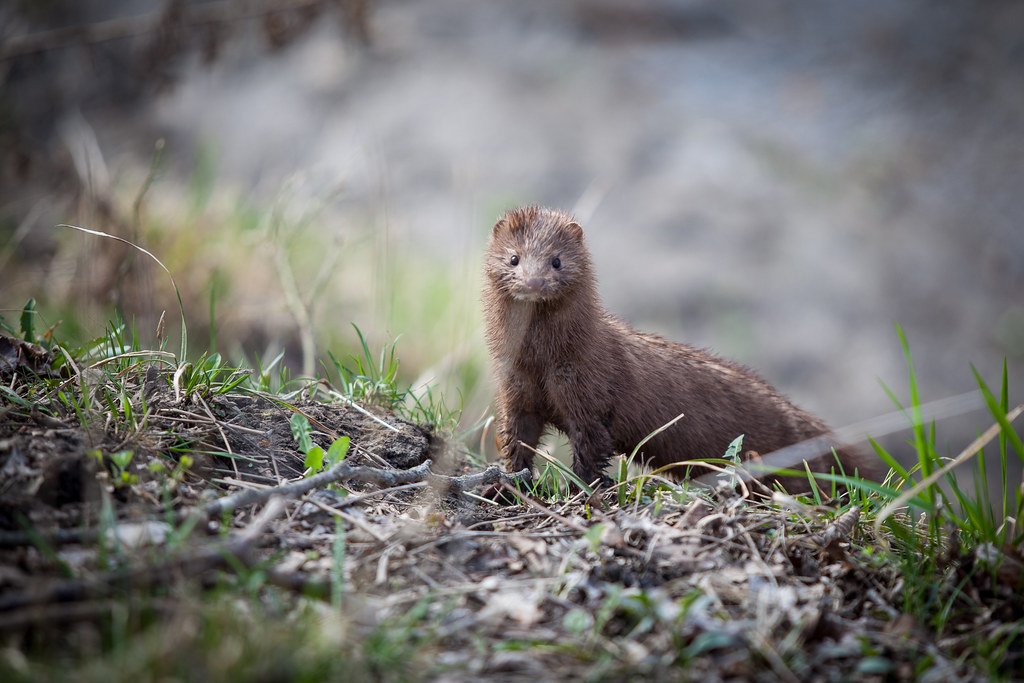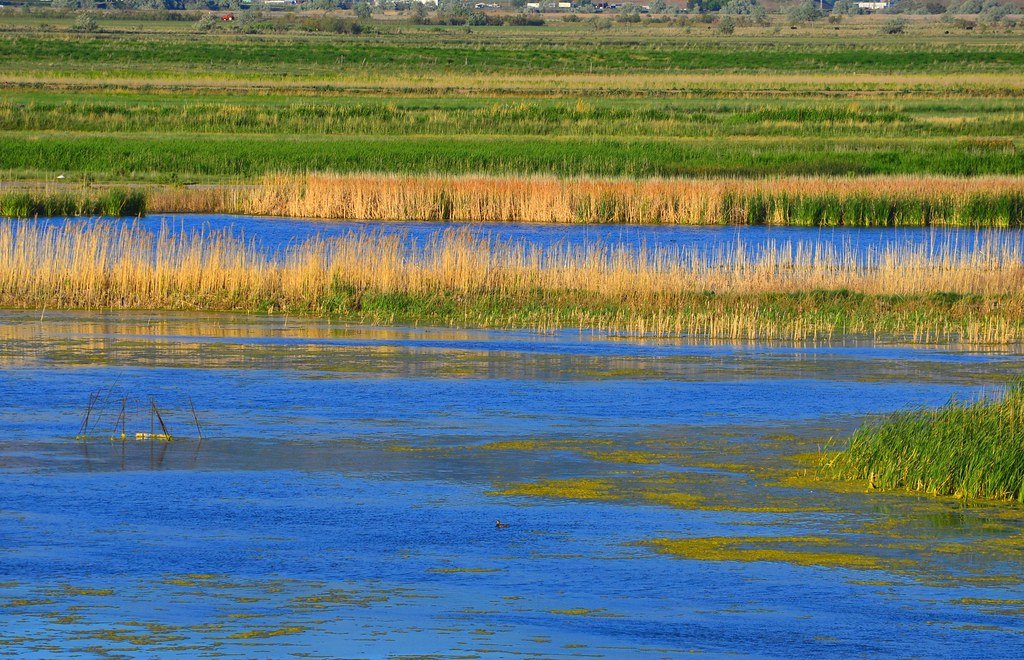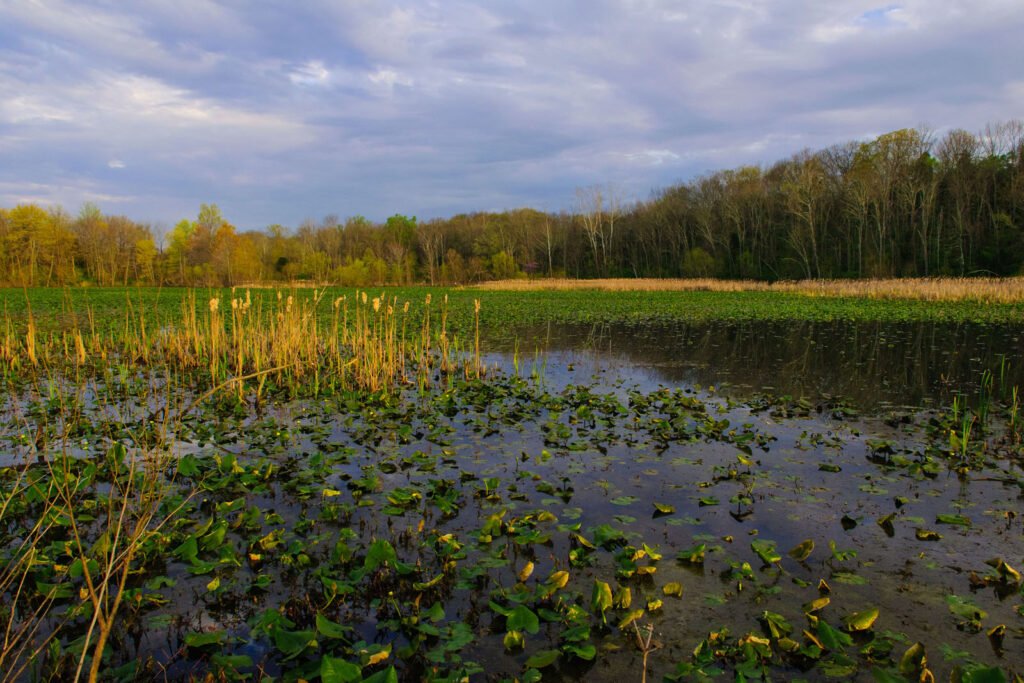Have you ever stood at the edge of a marsh and felt the quiet magic of the place—the buzzing dragonflies, the croak of hidden frogs, the sweet, earthy scent of life in every direction? Now imagine that same marsh, suffocated under a choking blanket of invasive plants, its creatures pushed out or drowned. Across the globe, this heartbreaking scene is playing out as wetlands—some of the most vibrant, essential habitats on Earth—are lost to invasive species. But in the midst of this struggle, conservationists are rising up, waging a passionate, creative, and sometimes downright gritty battle to reclaim these watery worlds. The story unfolding in marshes today is one of loss and hope, science and sweat, and a fierce love for the wild places that sustain us all.
The Hidden Riches of Wetlands

Wetlands are often misunderstood—sometimes dismissed as “swamps” or “wastelands”—but in reality, they’re bustling treasure troves of biodiversity. Marshes, bogs, and fens host a riot of plant and animal life that can rival rainforests. These soggy ecosystems filter water, buffer floods, store carbon, and provide homes for countless species. Ducks, turtles, rare orchids, and even elusive otters all rely on healthy wetlands to thrive. Scientists estimate that over 40% of the world’s species depend on wetlands at some point in their life cycles. So when these lands are threatened, the ripple effects are felt far beyond their muddy borders.
How Invasive Species Steal the Show

Invasive species are the uninvited guests who refuse to leave. Plants like purple loosestrife, phragmites, and water hyacinth weren’t always found in North American marshes. They arrived—sometimes accidentally, sometimes on purpose—and quickly began to outcompete native plants. Without natural predators or diseases to keep them in check, these invaders spread fast, forming dense mats or tall stands that crowd out everything else. The result? A monoculture that starves native wildlife of food and shelter, turning a once-diverse marsh into a biological desert.
The High Cost of a Lost Marsh

Losing a wetland isn’t just sad for frogs and herons—it can have dramatic consequences for people too. Wetlands act like sponges, soaking up heavy rains and preventing floods downstream. They also clean our water by trapping pollutants and excess nutrients. When invasives take over, these natural services start to break down. Local communities may face increased flooding, dirtier water, and fewer fish and birds to enjoy or harvest. The economic costs of degraded wetlands can run into the billions, making the battle to save them more than just an environmental issue.
A History of Human Interference

Ironically, it’s often our own actions that set the stage for invasion. Over centuries, people drained, dammed, and filled in wetlands to make room for farms, cities, and roads. These disruptions weakened native plant communities, making them more vulnerable to invaders. On top of that, global trade and travel have accidentally (and sometimes intentionally) introduced new species to wetland ecosystems. The results are sometimes shocking: a single cargo ship’s ballast water can unleash a new plant or animal that changes an entire marsh forever.
Marshes Under Siege Around the Globe

The invasion of wetlands isn’t just a local story—it’s a global crisis. In Europe, American mink and signal crayfish are decimating native animals and plants. In Asia, aggressive willows and goldenrod are swallowing riverbanks. In Africa, water hyacinth clogs lakes and rivers, blocking boats and killing fish. And in Australia, introduced cane toads have thrown entire food webs into chaos. Each continent faces its own unique invaders, but the underlying challenge is the same: restoring balance before it’s too late.
The Conservationist’s Toolkit: Old and New

Battling invasives isn’t for the faint of heart. Conservationists have assembled a toolkit that blends ancient wisdom with cutting-edge science. Sometimes, the answer is hands-on—volunteers wade into marshes to pull up invaders by hand or cut them back with machetes. Other times, restoration teams use fire, flooding, or carefully timed herbicides to knock back stubborn species. Drones, GIS mapping, and genetic tools are now helping scientists track invasives and measure the success of their efforts. It’s a field where mud-caked boots meet high-tech gadgets, and every tool counts.
Biological Control: Nature Fights Back

Instead of relying solely on chemicals or machines, some conservationists are turning to nature’s own arsenal. Biological control—introducing a natural enemy of the invasive species—can help restore balance. For example, tiny beetles that eat only purple loosestrife have been released in North American marshes, with dramatic results. But this strategy isn’t without risks; scientists must be absolutely certain that their chosen allies won’t become new invaders themselves. When it works, though, it’s a beautiful example of letting nature do the heavy lifting.
Restoring the Native Cast of Characters

Reclaiming a marsh means more than just removing the bad actors—it’s also about bringing back the stars of the show. Conservation teams often plant native sedges, rushes, and wildflowers to jumpstart the recovery process. Sometimes, they reintroduce species that have vanished, like rare turtles or wetland birds. The goal is to rebuild a self-sustaining community that can resist future invasions. It’s a delicate dance, and success often means working with local landowners, tribes, and volunteers to ensure the marsh’s new residents have everything they need to thrive.
Community Warriors: Volunteers on the Front Lines

You might be surprised by how many marsh-saving heroes live right next door. Across the world, citizen scientists, students, and local residents are rolling up their sleeves to fight invasives. They organize “weed pulls,” plant native seeds, and monitor marsh health. Their passion and energy often make the difference between a struggling project and a thriving wetland. In some places, whole towns rally around their local marsh, turning restoration into a source of pride and connection.
Technology Joins the Battle

The digital age has given conservationists new superpowers. Satellites and drones can scan wetlands from above, spotting invasive outbreaks before they spiral out of control. Apps let volunteers report sightings of unwelcome plants or animals with a few taps on their phone. DNA testing of water samples—sometimes called “environmental DNA”—can reveal the hidden presence of invasive species long before they’re visible. These high-tech tools are making wetland protection smarter, faster, and more precise than ever before.
Learning from Success Stories

Not all is doom and gloom; some marshes have made inspiring comebacks. In the Great Lakes region, for instance, coordinated attacks on invasive phragmites have opened up huge stretches of shoreline for native plants and birds. In Louisiana, creative use of dredged sediment has helped rebuild marshes devastated by hurricanes and saltwater intrusion. Each success is a lesson in persistence, partnership, and adaptability. These victories light the way for other communities facing similar battles.
The Role of Policy and Protection

Laws and regulations can be mighty weapons in the wetland wars. National and international agreements—like the Ramsar Convention—commit governments to protect and restore critical wetlands. Local ordinances can restrict the sale or planting of invasive species. Funding for restoration projects often hinges on political will and public support. When lawmakers, scientists, and citizens join forces, marshes stand a fighting chance against the onslaught of invasives.
The Climate Connection

Climate change is upping the stakes in the struggle for our wetlands. Warmer temperatures and shifting rainfall patterns are making some marshes more vulnerable to invasion. At the same time, healthy wetlands are powerful carbon sinks, trapping greenhouse gases and helping to slow climate change. Every acre of marsh reclaimed from invasives is a small but important step toward a more stable climate. The fate of these muddy battlegrounds is tied to the fate of our planet.
Indigenous Wisdom and Local Knowledge

For thousands of years, Indigenous peoples have cared for wetlands using traditional practices that promote resilience and diversity. Today, many wetland restoration projects are guided by the expertise of local tribes and elders. Their knowledge of seasonal cycles, fire, and plant relationships is helping conservationists avoid past mistakes and find innovative solutions. Partnerships between Indigenous communities and scientists are proving that the best answers often come from blending old and new ways of knowing.
The Emotional Power of Place

Wetlands are more than just ecosystems; they’re beloved landscapes that shape our memories and sense of home. For many people, a favorite marsh is a place of childhood adventure, peaceful solitude, or family tradition. The fight to reclaim lost marshes is as much about protecting these emotional connections as it is about saving plants and animals. When a marsh is restored, it’s not just the wildlife that comes back—it’s also the stories, songs, and dreams of the people who love that place.
The Next Generation: Inspiring Young Marsh Defenders

The future of wetlands depends on the passion and curiosity of young people. Across the globe, students are getting their hands dirty in schoolyard marshes, taking part in field research, and sharing their discoveries online. Environmental education programs are turning kids into marsh champions—future scientists, activists, and storytellers who will carry the fight forward. By nurturing their wonder and determination, conservationists are planting seeds of hope for marshes that will last for generations.
What’s at Stake in the Wetland Wars?

The struggle between conservationists and invasive species is about more than just plants and mud. It’s a battle for the heart of our living world—one that affects the water we drink, the air we breathe, and the wild beauty that makes life rich. Every marsh reclaimed is a victory not just for nature, but for all of us who depend on its gifts. Will we rise to the challenge and fight for these hidden wonders, or let them slip away, one reed at a time?



